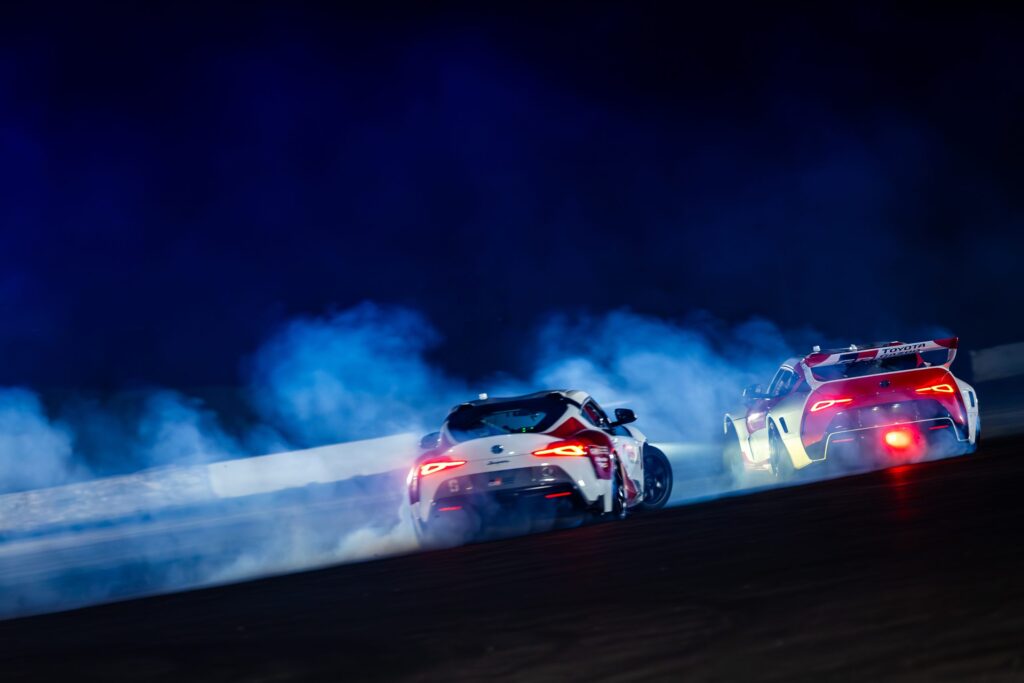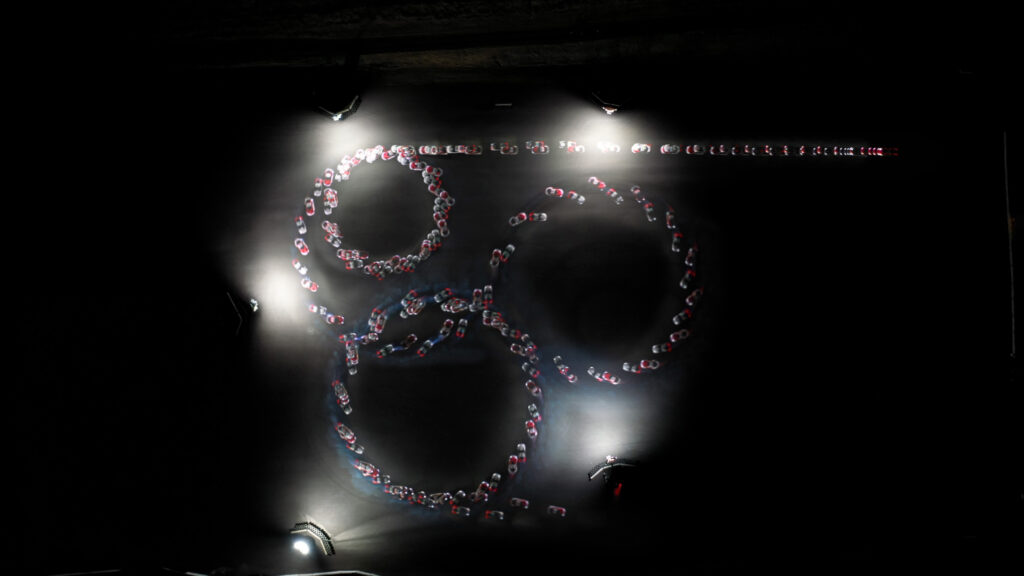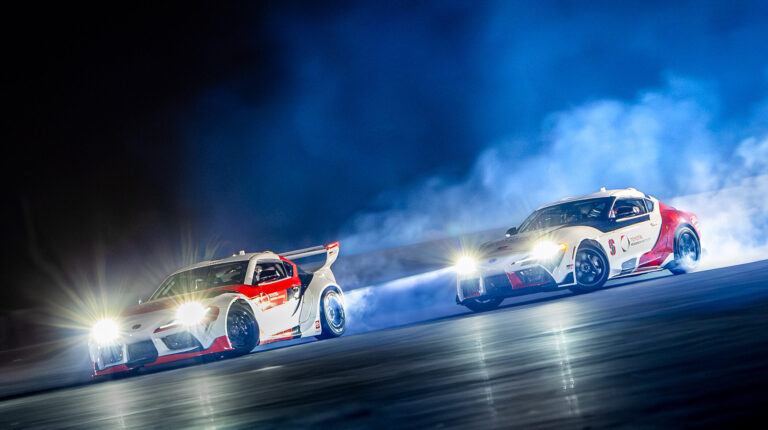The Toyota Research Institute (TRI) and Stanford Engineering have achieved the world’s first autonomously drifting sequence featuring two cars in tandem following almost seven years of collaborative research to make driving safer.
Though drifting has become a popular competitive sport, much of the physics involved in controlling a vehicle during such a maneuver has obvious relevance to mitigating such conditions in road vehicles. The experiments automate a motorsport drifting maneuver, where a driver precisely controls a vehicle’s direction after breaking traction, by spinning the rear tires. By adding a second car drifting in tandem, the teams were able to simulate more closely dynamic conditions where cars must respond quickly to other vehicles, pedestrians and cyclists.
“Our researchers came together with one goal in mind – how to make driving safer,” said Avinash Balachandran, vice president of TRI’s Human Interactive Driving division. “Utilizing the latest tools in AI, we can drift two cars in tandem autonomously. It is the most complex maneuver in motorsports, and reaching this milestone with autonomy means we can control cars dynamically at the extremes. This has far-reaching implications for building advanced safety systems into future automobiles.”
“The physics of drifting is actually similar to what a car might experience on snow or ice,” said Chris Gerdes, professor of mechanical engineering and co-director of the Center for Automotive Research at Stanford (CARS). “What we have learned from this autonomous drifting project has already led to new techniques for controlling automated vehicles safely on ice.”
 The team used modern techniques to build the vehicle AI, including a neural network tire model able to learn from its experiences.
The team used modern techniques to build the vehicle AI, including a neural network tire model able to learn from its experiences.
“The track conditions can change dramatically over a few minutes when the sun goes down,” said Gerdes. “The AI we developed for this project learns from every trip we have taken to the track, to handle this variation.”
The experiments were conducted at Thunderhill Raceway Park in Willows, California, using two modified GR Supras. TRI developed the algorithms on the lead car, while Stanford engineers were responsible for those on the following car.
TRI focused on developing robust and stable control mechanisms so the lead car could make safe, repeatable runs. Stanford Engineering produced AI vehicle models and algorithms that enable the following car to adapt dynamically to the motion of the lead car, so that it can drift alongside without colliding with it.
GReddy and Toyota Racing Development (TRD) modified each car’s suspension, engine, transmission and safety features. The cars were built to the same specifications used in Formula Drift competitions to help teams collect data with expert drivers working in a controlled environment. Both cars are equipped with computers and sensors to control steering, throttle and brakes and monitor motion (position, velocity and rotation rate).
They share a dedicated wi-fi network that lets them communicate in real time, exchanging information such as relative positions and planned trajectory.
To achieve autonomous tandem drifting, the vehicles must continually plan their steering, throttle and brake commands and the trajectory they intend to follow, using a technique called nonlinear model predictive control (NMPC). In NMPC, each vehicle starts with objectives, represented mathematically as rules or constraints that it must obey. The lead vehicle’s objective is to sustain a drift along a desired path while remaining subject to the laws of physics and hardware limits, such as the maximum steering angle. For the following vehicle, the objective is to drift alongside the lead vehicle while avoiding a collision.
Each vehicle then solves and re-solves an optimization problem, up to 50 times per second, to decide which steering, throttle and brake commands best meet its objectives while responding to rapidly changing conditions. AI is leveraged to constantly train the neural network, using data from previous tests, so that the vehicles improve their performance with every trip to the track.



